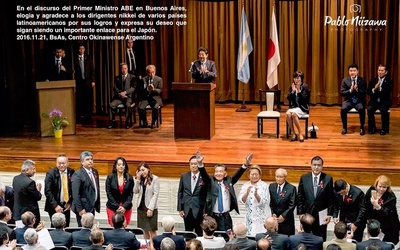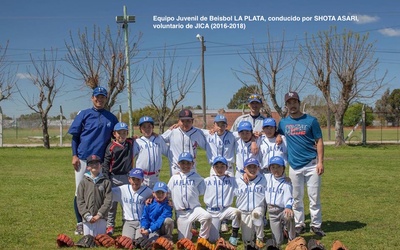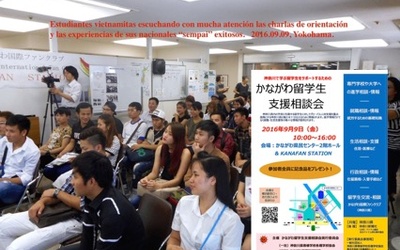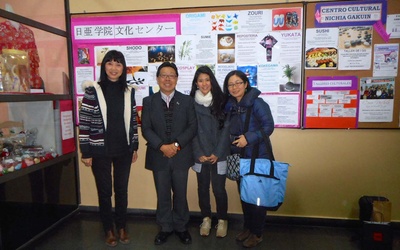The Nikkei of Latin America and Latino Nikkei
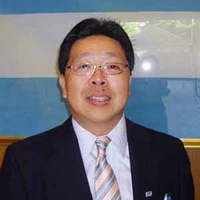
Lic. Alberto Matsumoto examines the many different aspects of the Nikkei in Japan, from migration politics regarding the labor market for immigrants to acculturation with Japanese language and customs by way of primary and higher education. He analyzes the internal experiences of Latino Nikkei in their country of origin, including their identity and personal, cultural, and social coexistence in the changing context of globalization.
Stories from this series
Measures to strengthen cooperation between Japanese descendants in Latin America and Japan
Aug. 4, 2017 • Alberto J. Matsumoto
Since the inauguration of the second Abe Cabinet at the end of 2012, the Prime Minister has been proactively holding talks with local leaders and people involved in the Japanese community whenever he visits South American countries. At the same time, Japanese embassies and JICA offices have also begun to interact more with Japanese descendants and are seeking ways to strengthen future cooperative relationships. This is because in Latin American Japanese communities, where a generational change is underway, third and …
The challenges faced by second-generation Japanese Latinos living in Japan
May 31, 2017 • Alberto J. Matsumoto
A quarter century has passed since Japanese workers from South America came to Japan. If we include those who have been here since before the 1990 revision of the Immigration Control Act, it has been 30 years already. During that time, many have come and gone due to the economic situation in Japan and the world, as well as the economic recovery of South American countries, and some have returned in recent years after having once left Japan. In any …
Japanese Community and the Japanese Millennial Generation in the Global Digital Era
May 22, 2017 • Alberto J. Matsumoto
The generation born between the 1980s and the early 2000s is called the "millennials." Those born and raised during Japan's bubble economy (December 1986 to February 1991) are undoubtedly millennials, but in addition, those who are graduating from high school or university in 2017 also fall into this category. They are a generation born into this generation. How to manage this new generation of young people, how to develop them as human resources useful to society or the company, and …
Japanese Americans in Sports: Proud Challenges and Alliances
May 5, 2017 • Alberto J. Matsumoto
At the 2016 Rio Olympics, the local Japanese community supported Japan in various ways. Not only did they provide medical support1 and volunteer guidance for the thousands of Japanese spectators who came to Brazil, but they also cheered on the Japanese athletes at each event, even preparing carp streamers for the women's marathon. Behind the scenes, the official mascots, Vinicius and Tom, were created by Luciana Eguchi, a Japanese Brazilian, and the torch for the Olympic torch relay was designed …
The momentum of international students from Asia is helping Japanese small and medium-sized enterprises expand overseas
March 3, 2017 • Alberto J. Matsumoto
Last September, I received a request from the Kanagawa International Foundation to participate as a lecturer in a seminar for Asian international students, even though I had been training Japanese-descended students from South America. I was surprised, but I was also curious to know more about Asian international students, so I gladly accepted. The project was organized in collaboration with a vocational school, a Japanese language school, and a Vietnam Association in Kanagawa Prefecture, and included presentations on the experiences …
Japanese Language Education in Japanese Communities in South America
Jan. 24, 2017 • Alberto J. Matsumoto
In my previous column , I pointed out that there are 4 million people studying Japanese in the world, but how many students are there in the Japanese community overseas? According to a 2012 report by the Japan Foundation, there are 443 Japanese language education institutions in South America with 1,652 instructors teaching 32,968 students. This is less than 1% of the world's learners. The number of Japanese students in South America is even smaller, and it can be estimated …

